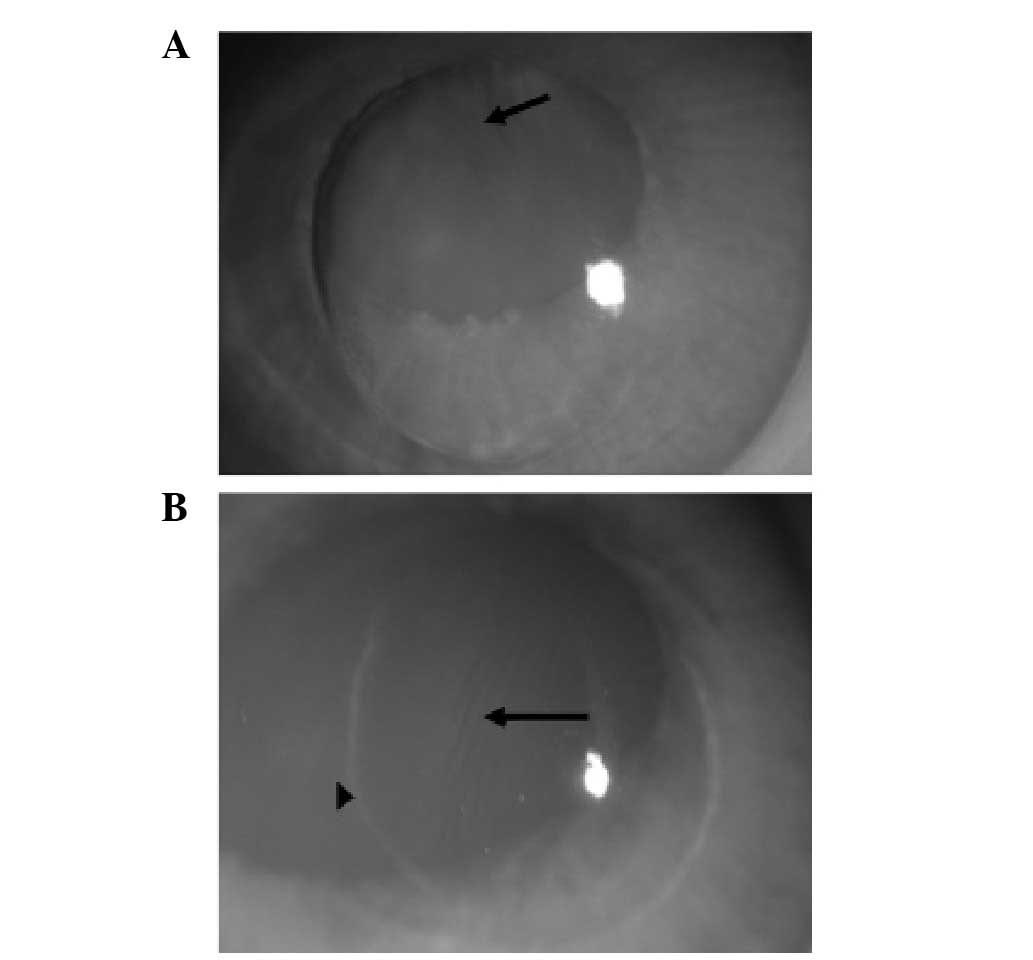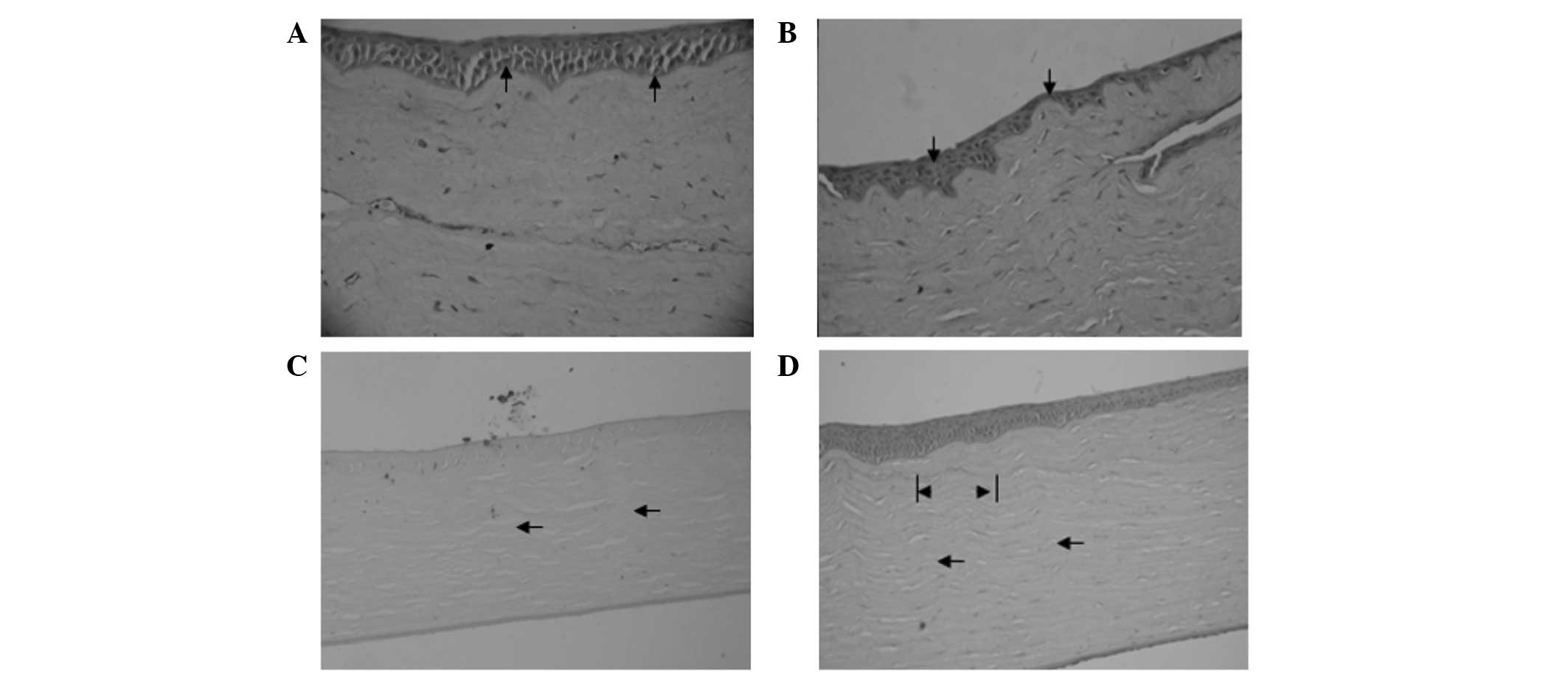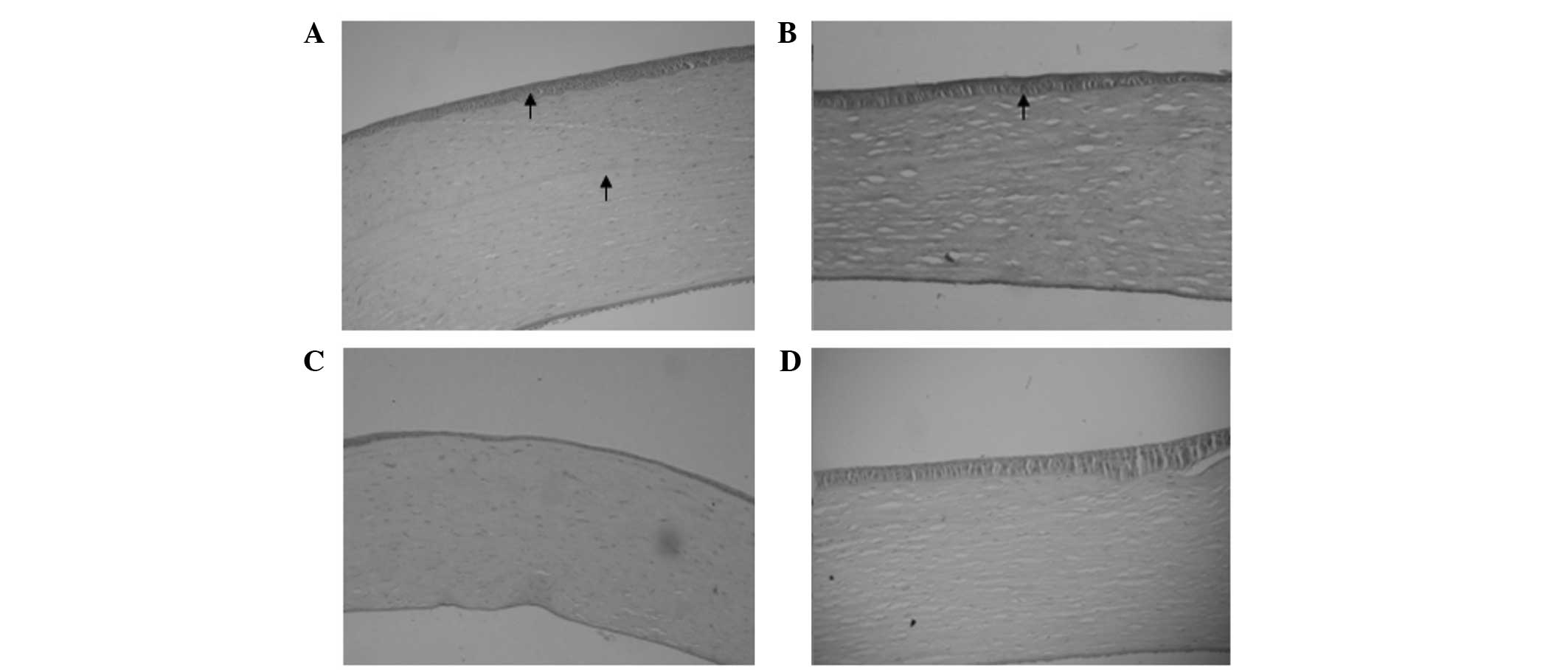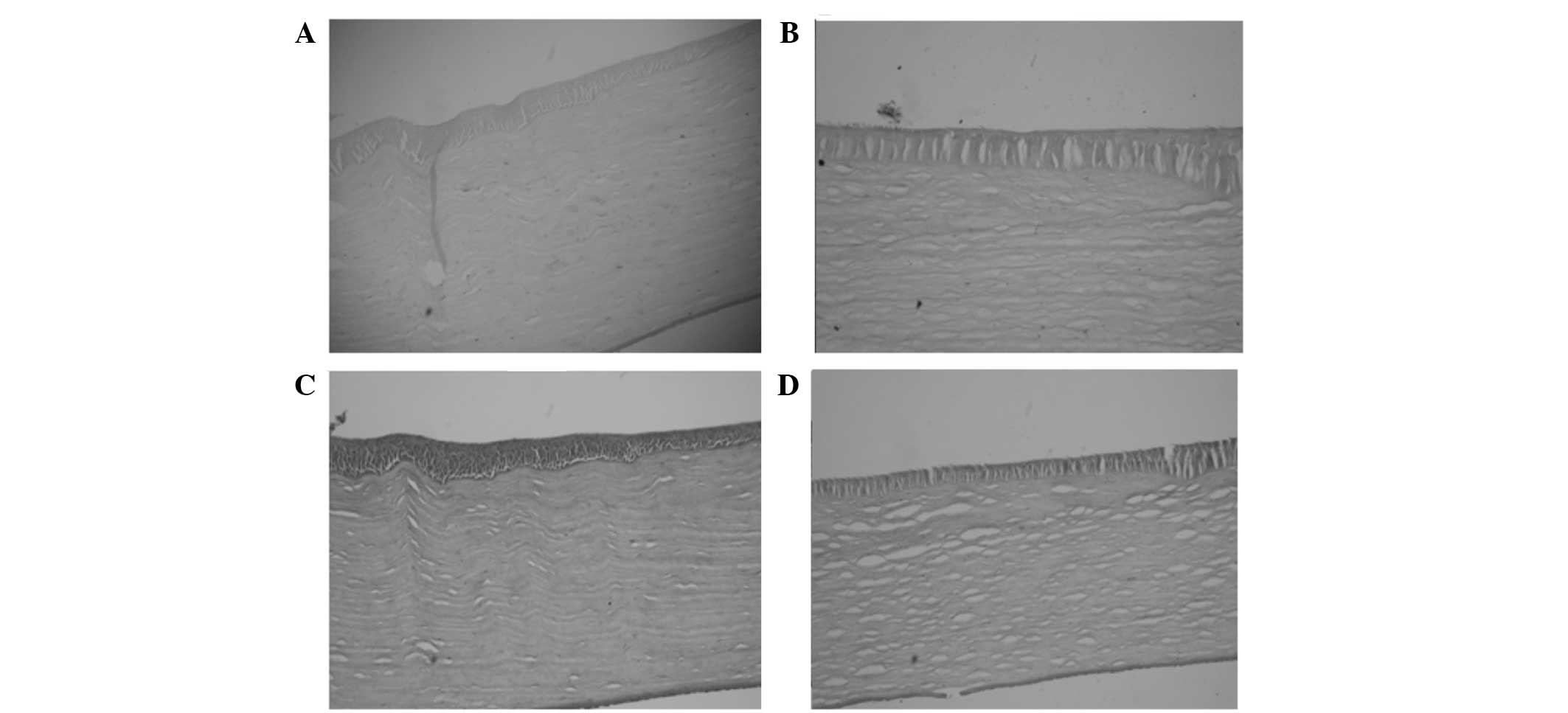|
1
|
Aslanides IM and Mukherjee AN: Adjuvant
corneal crosslinking to prevent hyperopic LASIK regression. Clin
Ophthalmol. 7:637–641. 2013.PubMed/NCBI
|
|
2
|
Duffey RJ and Leaming D: US trends in
refractive surgery: 2004 ISRS/AAO Survey. J Refract Surg.
21:742–748. 2005.PubMed/NCBI
|
|
3
|
Shortt AJ and Allan BD: Photorefractive
keratectomy (PRK) versus laser-assisted in-situ keratomileusis
(LASIK) for myopia. Cochrane Database Syst Rev.
CD0051352006.PubMed/NCBI
|
|
4
|
Settas G, Settas C, Minos E and Yeung IY:
Photorefractive keratectomy (PRK) versus laser assisted in situ
keratomileusis (LASIK) for hyperopia correction. Cochrane Database
Syst Rev. 6:CD0071122012.PubMed/NCBI
|
|
5
|
Shortt AJ, Bunce C and Allan BD: Evidence
for superior efficacy and safety of LASIK over photorefractive
keratectomy for correction of myopia. Ophthalmology. 113:1897–1908.
2006. View Article : Google Scholar : PubMed/NCBI
|
|
6
|
Sutton GL and Kim P: Laser in situ
keratomileusis in 2010 - a review. Clin Experiment Ophthalmol.
38:192–210. 2010. View Article : Google Scholar : PubMed/NCBI
|
|
7
|
Ambrosio R Jr and Wilson S: LASIK vs LASEK
vs PRK: advantages and indications. Semin Ophthalmol. 18:2–10.
2003. View Article : Google Scholar : PubMed/NCBI
|
|
8
|
Moisseiev E, Sela T, Minkev L and Varssano
D: Increased preference of surface ablation over laser in situ
keratomileusis between 2008–2011 is correlated to risk of ectasia.
Clin Ophthalmol. 7:93–98. 2013. View Article : Google Scholar
|
|
9
|
Melki SA and Azar DT: LASIK complications:
etiology, management, and prevention. Surv Ophthalmol. 46:95–116.
2001. View Article : Google Scholar : PubMed/NCBI
|
|
10
|
Solomon KD, Holzer MP, Sandoval HP, et al:
Refractive Surgery Survey 2001. J Cataract Refract Surg.
28:346–355. 2002. View Article : Google Scholar : PubMed/NCBI
|
|
11
|
Pannu JS: Incidence and treatment of
wrinkled corneal flap following LASIK. J Cataract Refract Surg.
23:695–696. 1997. View Article : Google Scholar : PubMed/NCBI
|
|
12
|
Gimbel HV, Penno EE, van Westenbrugge JA,
Ferensowicz M and Furlong MT: Incidence and management of
intraoperative and early postoperative complications in 1000
consecutive laser in situ keratomileusis cases. Ophthalmology.
105:1839–1848. 1998. View Article : Google Scholar : PubMed/NCBI
|
|
13
|
Tham VM and Maloney RK: Microkeratome
complications of laser in situ keratomileusis. Ophthalmology.
107:920–924. 2000. View Article : Google Scholar : PubMed/NCBI
|
|
14
|
von Kulajta P, Stark WJ and O’Brien TP:
Management of flap striae. Int Ophthalmol Clin. 40:87–92. 2000.
View Article : Google Scholar : PubMed/NCBI
|
|
15
|
Gimbel HV, Basti S, Kaye GB and
Ferensowicz M: Experience during the learning curve of laser in
situ keratomileusis. J Cataract Refract Surg. 22:542–550. 1996.
View Article : Google Scholar : PubMed/NCBI
|
|
16
|
Donnenfeld ED, Perry HD, Doshi SJ, Biser
SA and Solomon R: Hyperthermic treatment of post-LASIK corneal
striae. J Cataract Refract Surg. 30:620–625. 2004. View Article : Google Scholar : PubMed/NCBI
|
|
17
|
Solomon R, Donnenfeld ED, Perry HD, Doshi
S and Biser S: Slitlamp stretching of the corneal flap after laser
in situ keratomileusis to reduce corneal striae. J Cataract Refract
Surg. 29:1292–1296. 2003. View Article : Google Scholar : PubMed/NCBI
|
|
18
|
Tehrani M and Dick HB: Striae in the flap
after laser in situ keratomileusis. Etiology, diagnosis and
treatment. Ophthalmologe. 99:645–650. 2002.(In German). View Article : Google Scholar : PubMed/NCBI
|
|
19
|
Probst LE and Machat J: Removal of flap
striae following laser in situ keratomileusis. J Cataract Refract
Surg. 24:153–155. 1998. View Article : Google Scholar : PubMed/NCBI
|
|
20
|
Muñoz G, Alió JL, Pérez-Santonja JJ and
Attia WH: Successful treatment of severe wrinkled corneal flap
after laser in situ keratomileusis with deionized water. Am J
Ophthalmol. 129:91–92. 2000. View Article : Google Scholar : PubMed/NCBI
|
|
21
|
Charman WN: Mismatch between flap and
stromal areas after laser in situ keratomileusis as source of flap
striae. J Cataract Refract Surg. 28:2146–2152. 2002. View Article : Google Scholar : PubMed/NCBI
|
|
22
|
Dobrin PB, Baker WH and Gley WC:
Elastolytic and collagenolytic studies of arteries. Implications
for the mechanical properties of aneurysms. Arch Surg. 119:405–409.
1984. View Article : Google Scholar : PubMed/NCBI
|
|
23
|
Naripthaphan P and Vongthongsri A:
Evaluation of the reliability of the Nidek MK-2000 microkeratome
for laser in situ keratomileusis. J Refract Surg. 17(2 Suppl):
S255–S258. 2001.PubMed/NCBI
|
|
24
|
Touboul D, Salin F, Mortemousque B, et al:
Advantages and disadvantages of the femtosecond laser
microkeratome. J Fr Ophtalmol. 28:535–546. 2005.(In French).
View Article : Google Scholar : PubMed/NCBI
|
|
25
|
Parolini B, Marcon G and Panozzo GA:
Central necrotic lamellar inflammation after laser in situ
keratomileusis. J Refract Surg. 17:110–112. 2001.PubMed/NCBI
|
|
26
|
Choi JA and Kim MS: LASIK
interface-captured foreign bodies after mild traumatic corneal
scratch without flap displacement. Korean J Ophthalmol. 26:222–225.
2012. View Article : Google Scholar : PubMed/NCBI
|
|
27
|
Lam DS, Leung AT, Wu JT, et al: Management
of severe flap wrinkling or dislodgment after laser in situ
keratomileusis. J Cataract Refract Surg. 25:1441–1447. 1999.
View Article : Google Scholar : PubMed/NCBI
|
|
28
|
Rabinowitz YS and Rasheed K: Fluorescein
test for the detection of striae in the corneal flap after laser in
situ keratomileusis. Am J Ophthalmol. 127:717–718. 1999. View Article : Google Scholar : PubMed/NCBI
|
|
29
|
Sridhar MS, Rao SK, Vajpayee RB, et al:
Complications of laser-in-situ-keratomileusis. Indian J Ophthalmol.
50:265–282. 2002.
|



















